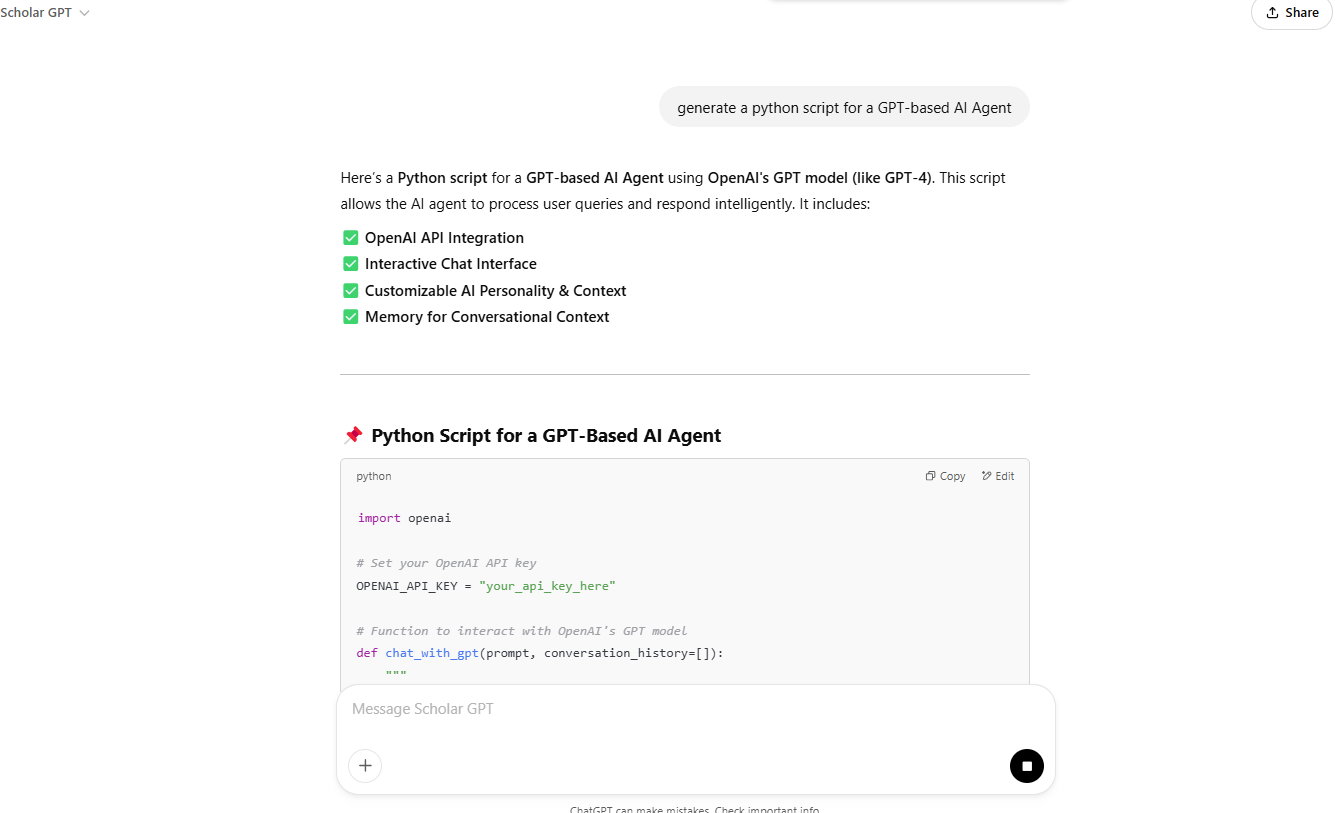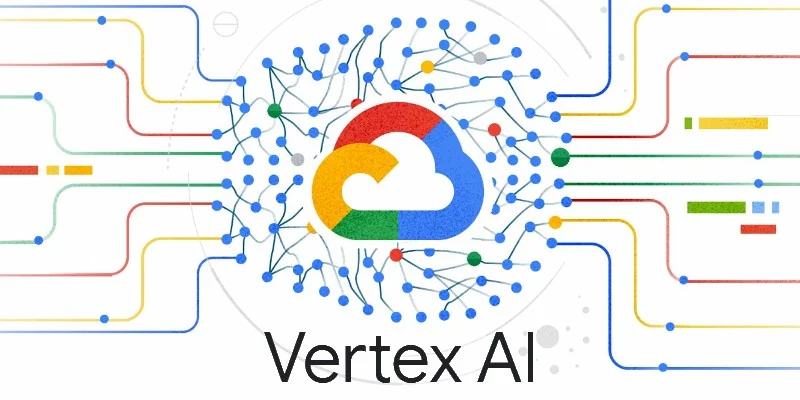An AI agent can be created in multiple ways depending on your level of experience with coding.
Proficient coders with a good knowledge of Python can code individual parts of the AI Agent and then piece them together. Whereas, people with very little or zero coding knowledge can get their code from AI GPT tools or use no-code platforms to create AI agents. Finally, those who do not want to go through this mess can rent AI agents from platforms like VitaminAi
No matter which way you use, there are pros and cons associated with each of them, and we will discuss them at length in this article, starting with the most complex methods first, and then we will walk through simpler methods of creating AI agents.
If you are coding everything from scratch, you are going to need the following components that constitute an AI agent:

You can use an open-source Large Language Model like Llama-2, Mistral 7B, or Falcon. Using a pre-trained model for your GPT helps you create your AI agent with an already-trained AI LLM model for ready deployment.
You can add custom logic to make it application-specific. For example, you can modify the nature of output, deepening your needs. A coding AI agent needs to be highly specific, while an AI agent for romantic companionship must explore newer ways to interact with people.
Users need a front end to interact with your model. This front end will be much like OpenAI’s Operator, where there will be a screen to see what the AI agent does and a chatbox to interact with it.
You can create a modern front-end framework like React, which is light, dynamic, and very easy to interact with.
The frontend of your AI agent needs to connect with the backend of your model so that when anyone enters something at the frontend, the LLM model receives the input and
To allow your users to interact with the AI agent, you need to deploy it as a web app on a cold platform. For your needs, you can choose from leading cloud service providers like Google Cloud, AWS, Azure, or any other cloud platform.
Full ownership to copy and distribute the AI agent without having to worry about copyright issues.
Detailed customization is possible via this method.

If you have less time coding your agent but have a sound knowledge of AI agent architecture, you can get your code from code generators like Llama Coder, GPT-4, or any other LLM model.
There are multiple AI agent platforms on which you can build your agent. Some of the top platforms include Vertex by Google, Relevance AI, BubbleAI, and Voiceflow.

Among these, we prefer Google’s Vertex agent builder because of its high uptime, and on-demand scalable resources. To use Vertex, you need Google Cloud credits.
It is likely that many of us might not find any of the three methods available due to multiple reasons like complexity, the type of agent required, or the time we can spend on them. For such requirements, renting an AI agent makes far more sense than building one.
Anyone can simply visit VitaminAi, the first AI agent marketplace in the world, and use an AI agent by paying a small fee. There will also be a human in the loop to assist you with unseen problems.

All you need to do is visit VitaminAi and choose your AI agent.